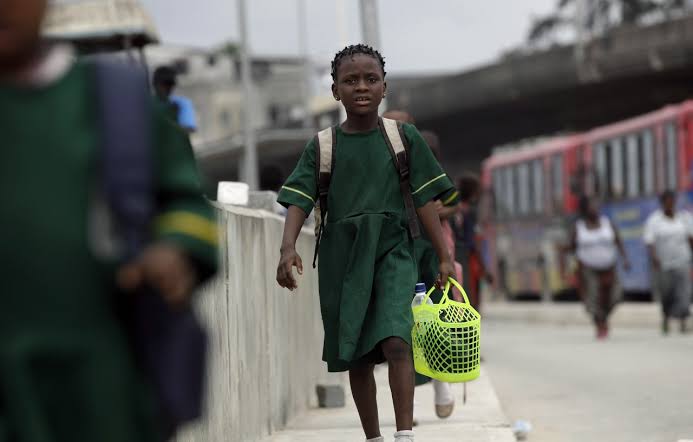Nigeria’s film industry, Nollywood, has earned global recognition for its vibrant storytelling, cultural authenticity, and massive output, ranking among the world’s top three film-producing industries. Yet, amidst its achievements, one segment remains critically underserved: the children’s audience. As the country grapples with a growing youth population, over 43 percent of Nigerians are under the age of 15, Nollywood stands at a pivotal juncture. Tapping into this demographic could open up enormous creative, educational, and economic opportunities.
Nollywood has traditionally focused on adult-oriented content: romance, family drama, politics, comedy, and crime thrillers dominate the screens. While these genres reflect social realities and draw in large viewerships, the absence of quality children’s programming leaves a void in the industry’s growth potential and limits its cultural reach. Nigeria’s children, instead, are left to consume foreign cartoons, films, and streaming content—some of which are detached from their language, culture, values, and lived experiences.
Creating engaging content for children is not merely an artistic or economic venture; it is a cultural and developmental imperative. Film and television play a formative role in shaping identity, morality, and worldview. By failing to provide local content that reflects their realities, we inadvertently hand over the social education of Nigerian children to foreign media.
Imagine what a generation of Nigerian children could gain if Nollywood produced high-quality, age-appropriate films and series rooted in African storytelling, folklore, science, innovation, and moral values. Stories about resilience, community, environment, and local heroes, not just kings and queens, can nurture imagination, pride, and aspirations.
Economically, the children’s media market is enormous and growing. Globally, children’s content has become one of the most lucrative segments of the entertainment industry. With a large domestic market and a sizable diaspora audience hungry for cultural reconnection, Nollywood could harness this demand and diversify its revenue base through merchandising, licensing, animation, mobile games, and streaming platforms focused on children’s content.
However, realising this potential will require deliberate action. First, filmmakers need funding and incentives to venture into children’s storytelling, which often involves higher production costs, especially for animation and special effects. Public and private investment, including government grants, tax credits, and creative partnerships, will be critical.
Second, there is a need to build capacity. Writers, animators, child actors, and educators must collaborate to develop engaging yet developmentally appropriate content. Film schools and industry training programmes should include children’s content production as a core component of their curriculum.
Third, policy frameworks must support safe, regulated media environments for children. The National Film and Video Censors Board (NFVCB) should collaborate with broadcasters and digital platforms to ensure the availability and prominence of Nigerian-made children’s content on television and streaming services.
Lastly, parents, educators, and schools should be encouraged to support local content. Inclusion of educational films in school curricula or after-school programmes would help build a stable audience for such productions.
Nollywood has the talent, energy, and cultural richness to become a continental leader in children’s entertainment. If the industry embraces this audience with the same passion it has for adult dramas, it won’t just be investing in box office returns; it will be investing in Nigeria’s next generation of thinkers, dreamers, and storytellers.
The future of Nollywood, and indeed of Nigerian culture, lies in the stories we tell our children. It’s time we start telling them more often, and more intentionally.





